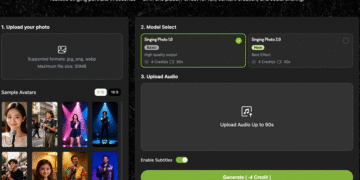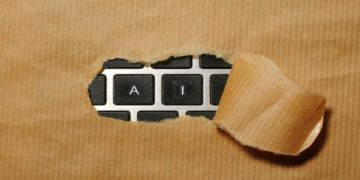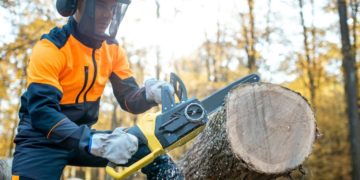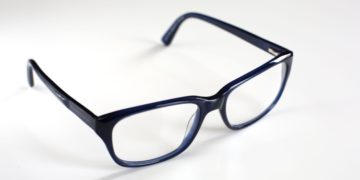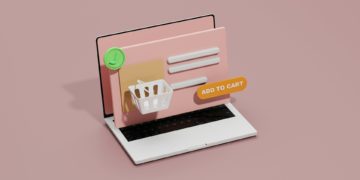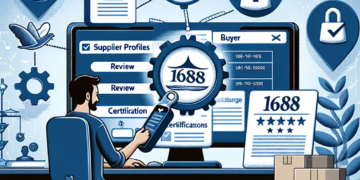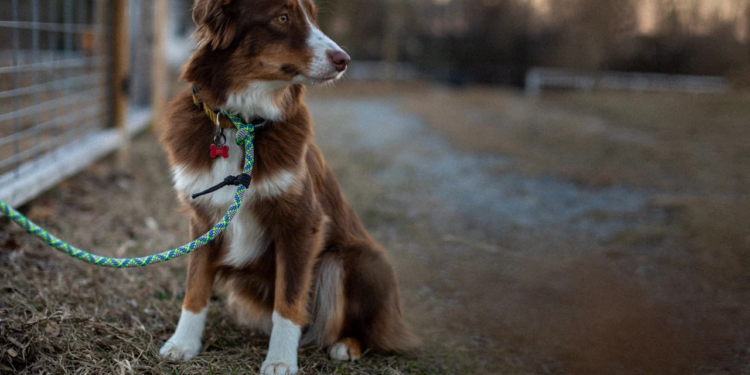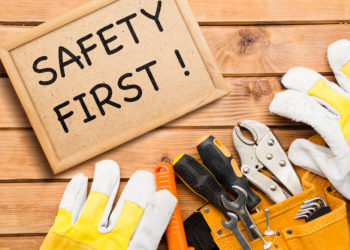If you’re a dog owner or a pet enthusiast, you’ve probably come across different types of leashes in your journey. Among them, the dog slip leash has gained popularity due to its simple design and effectiveness. This type of leash is especially favored by professional dog trainers, veterinarians, and shelter workers for its ease of use and the control it provides. Whether you’re dealing with a new puppy, a rescue dog, or just trying to improve leash behavior, a slip leash might be exactly what you need.
What Is a Dog Slip Leash?
A dog slip leash is a single loop of rope, nylon, or leather that combines both the leash and collar into one piece. The leash slips over your dog’s head and rests high on the neck. When the dog pulls, the loop tightens slightly, giving a subtle signal that guides the dog back into place. When the dog stops pulling, the pressure is released. This mechanism is particularly helpful for dogs that are still learning proper leash manners, as it encourages responsiveness without harsh corrections.
Why Many Dog Owners Choose Slip Leashes
Many dog owners appreciate the functionality and convenience of slip leashes. First, there’s no need for a separate collar. You simply loop the leash over your dog’s head, adjust it for a snug but comfortable fit, and you’re ready to go. This quick application is especially beneficial during high-energy situations, like taking dogs out of cars or handling multiple dogs in a group. Also, because slip leashes tighten and loosen with your dog’s movement, they offer real-time feedback, which is essential for training and behavior correction.
How Slip Leashes Improve Training and Control
Slip leashes are popular among trainers because they help establish gentle but immediate communication between you and your dog. The moment your dog begins to pull or veer off-course, the leash tightens slightly, acting as a cue to return to your side. When your dog complies, the pressure eases off. This reward system helps reinforce desired behavior over time. However, it’s crucial to use the slip leash correctly. If misused, it can cause discomfort or even injury, particularly in small or sensitive breeds. For best results, you should consult with a professional trainer when introducing a slip leash to your dog’s routine.
Ideal Situations to Use a Slip Leash
Slip leashes are best used in controlled environments or specific situations where quick handling is needed. They’re commonly seen in veterinary clinics, grooming salons, animal shelters, and dog shows. These environments benefit from a leash that can be applied and removed quickly, with minimal fuss. They’re also a good option for short walks or potty breaks when you don’t want to fumble with clasps or buckles. For more structured training walks, however, it’s important that both the dog and the handler understand how to use the slip leash properly to avoid putting unnecessary pressure on the dog’s throat.
The Right Way to Fit a Slip Leash
To fit a slip leash properly, it should sit high on the dog’s neck, just behind the ears. This position gives you better control and reduces the risk of choking or coughing. The leash should form a “P” shape when you’re standing on your dog’s left side. This ensures that the leash loosens when pressure is released. A leash that doesn’t loosen properly can create constant pressure, which can be uncomfortable for the dog. Always supervise your pet when using a slip leash and avoid leaving it on when the dog is unsupervised.
Material and Design Options Available
Dog slip leashes come in a variety of materials including rope, nylon, and leather. Rope slip leashes are durable and often used in outdoor environments or by professionals handling multiple dogs. Nylon versions are lightweight and come in many colors and lengths, making them popular for everyday pet owners. Leather leashes, on the other hand, offer a more polished look and are often used for formal training or dog shows. Choosing the right material depends on your dog’s size, behavior, and your preferred level of control.
When Not to Use a Slip Leash
While slip leashes have their advantages, they are not suitable for every dog. Dogs with respiratory issues, neck injuries, or brachycephalic breeds like Bulldogs or Pugs should not use this type of leash. The tightening mechanism can put too much strain on their windpipes. Additionally, very young puppies or dogs prone to panicking on leash may not respond well to this type of correction. For such dogs, a harness or martingale collar might be a safer and more effective option.
Recommended Products for Reliable Quality
If you’re considering buying a slip leash, it’s worth investing in a trusted brand to ensure durability and comfort. One highly recommended option is the PetCareShed Australia Dog Slip Leash, which is known for its high-quality materials and secure design. This leash is not only easy to use but also built to last through years of training and daily walks. It’s suitable for dogs of all sizes and is a favorite among Australian pet owners looking for a practical and safe walking solution.
Caring for and Maintaining Your Slip Leash
Like any dog accessory, your slip leash will require regular maintenance to stay in good shape. If your leash is made of rope or nylon, it’s a good idea to wash it periodically, especially if it gets wet or muddy. Let it air dry completely before using it again. Leather leashes need conditioning every few months to prevent them from drying out or cracking. Always inspect the leash for fraying, loose stitching, or weakening in the loop area to ensure your dog’s safety during walks.
Final Thoughts on Choosing the Right Leash
Choosing the right leash for your dog is more than just picking one that looks good—it’s about ensuring safety, training success, and mutual comfort during walks. A dog slip leash offers a combination of control, convenience, and responsiveness that makes it ideal for many dog owners. Still, it’s important to evaluate whether it’s the right fit for your dog’s breed, behavior, and health conditions. Used correctly and responsibly, it can become a powerful tool in building trust and communication between you and your furry friend.




